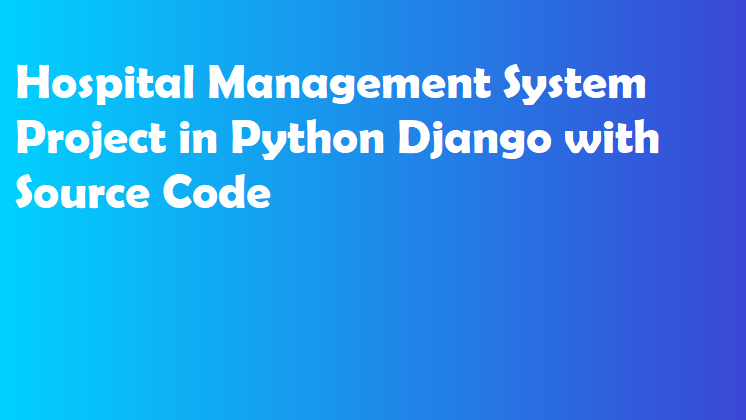
Whereas many initial ASPs offered more traditional client-server applications, which require the installation of software on users' personal computers, later implementations can be Web applications that only require a web browser to use. While most initial ASPs focused on managing and hosting third-party independent software vendors' software, contemporary SaaS offerings are typically provided by the software developer. The term software as a service (SaaS), however, is commonly used in more specific settings: Software as a service essentially extends the idea of the ASP model. Two of the largest ASPs were USI, which was headquartered in the Washington, D.C., area, and Futurelink Corporation, headquartered in Irvine, California. ASPs provided businesses with the service of hosting and managing specialized business applications to reduce costs through central administration and the provider's specialization in a particular business application. The expansion of the Internet during the 1990s brought about a new class of centralized computing, called application service providers (ASP). Such services included offering computing power and database storage to banks and other large organizations from their worldwide data centers. Starting in that decade, IBM and other mainframe computer providers conducted a service bureau business, often referred to as time-sharing or utility computing. History Ĭentralized hosting of business applications dates back to the 1960s. SaaS has been incorporated into the strategies of nearly all enterprise software companies. SaaS became a common delivery model for many business applications, including office software, messaging software, payroll processing software, DBMS software, management software, CAD software, development software, gamification, virtualization, accounting, collaboration, customer relationship management (CRM), management information systems (MIS), enterprise resource planning (ERP), invoicing, field service management, human resource management (HRM), talent acquisition, learning management systems, content management (CM), geographic information systems (GIS), and service desk management. 
SaaS apps are typically accessed by users of a web browser (a thin client). SaaS is considered to be part of cloud computing, along with several other as a service business models.

SaaS is also known as on-demand software, web-based software, or web-hosted software. Software as a service ( SaaS / s æ s/ ) is a software licensing and delivery model in which software is licensed on a subscription basis and is centrally hosted. Not to be confused with Security as a service.






 0 kommentar(er)
0 kommentar(er)
